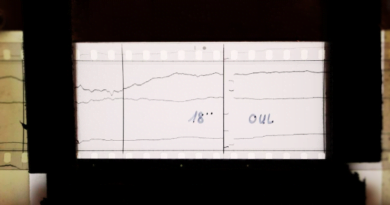Brightest Black Hole Consuming a Sun’s Worth of Matter Daily

Scientists have discovered the brightest black hole ever, devouring a mass equivalent to that of a sun every day, shedding light on the extreme phenomena lurking within the cosmos.
A distant cosmic phenomenon initially mistaken for a star has astounded scientists, revealing itself as one of the most luminous and rapidly expanding black holes ever documented. Dubbed J0529-4351, this colossal entity is consuming material equivalent to the mass of our Sun every single day.
Situated approximately 12 billion light-years away from Earth, this extraordinary quasar boasts a staggering mass of 17 billion to 19 billion times that of our Sun. Its existence traces back to when the universe was merely 1.5 billion years old, representing an intriguing puzzle in the cosmos.
Black holes, born from the collapse of massive stars, evolve by voraciously devouring any matter in their path, including gas, dust, and even other black holes. As material spirals into these cosmic behemoths, friction generates intense heat, emitting detectable light that transforms them into active galactic nuclei (AGN). Quasars, the most extreme form of AGNs, exhibit luminosity levels surpassing billions of stars.
Originally cataloged in a 2022 survey conducted by the European Space Agency’s Gaia spacecraft, J0529-4351 initially masqueraded as a star due to its immense brightness. However, diligent scrutiny by researchers, detailed in a study published on Feb 19 in the journal Nature, unveiled its true nature as a colossal quasar.
Further observations utilizing the Very Large Telescope (VLT) in the Atacama Desert confirmed the identity of this radiant entity. Calculations based on its observed brightness and distance from Earth revealed an astonishing energy output, equivalent to approximately 50 trillion suns.
The remarkable luminosity of J0529-4351 is attributed to its colossal size and rapid material consumption, approaching the theoretical Eddington limit. This upper threshold defines an object’s maximum luminosity relative to its size.
Scientists anticipate that studying this monumental quasar will shed light on the enigmatic processes governing the growth of such cosmic giants. Additionally, it may aid in refining techniques to distinguish quasars from ordinary stars, further enhancing our understanding of the universe’s most extreme phenomena.
In their paper, the researchers express the challenge of reconciling the rapid growth of quasars with conventional models of black hole evolution, prompting a quest for alternative explanations.








